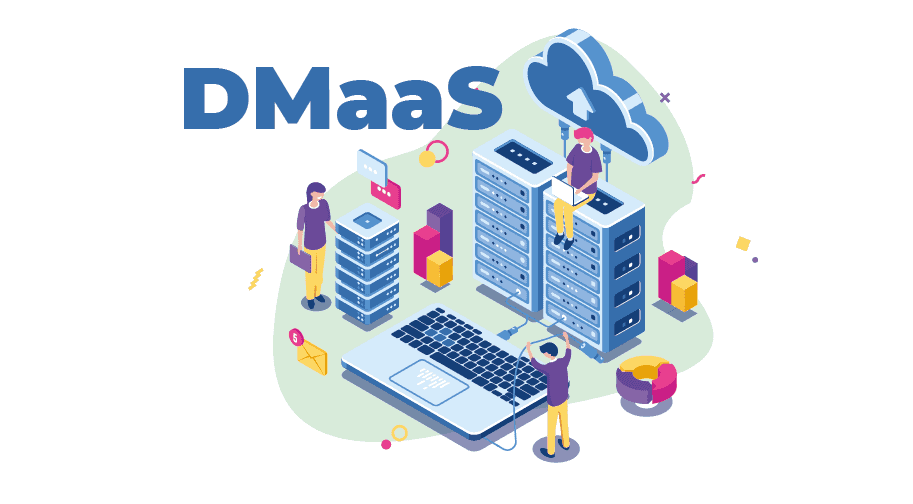In our blog we have posted a few articles about data centers. We like them. They have grown on us. It is a branch of technology that interests us as much as bitcoin interests brothers-in-law or neighborhood projects interest retirees. For that reason, today, in our blog, we will deal with data management as a service or DMaaS.
Do you already know what DMaaS is and why you need it in your life?
We have talked about it in countless after-dinner conversations with cigars in hand: Data centers are centralized physical facilities used by companies to host their information and applications. Although data centers help us meet the requirements of sending data in real time, there can be problems with outages, and these are an expensive business for companies. On the other hand, the Data center infrastructure management (DCIM) is in charge of monitoring and giving us information about the IT components and facilities of our structure. That includes servers and storage to power distribution units or cooling equipment. The goal of a DCIM initiative is to provide managers with a comprehensive view of data center performance so that power, equipment, and space are used as efficiently as possible. Well, so far we knew everything and we had no rival until the desserts arrived.
However, one might add (while stirring a cup of tea) that today’s data centers are becoming increasingly complex and sophisticated, and as they evolve, they ask for features in DCIM solutions to increase. For that reason, DCIM has to transcend the well-known Cloud and bring its capabilities. So, in order to improve the way data centers operate, Data Management-as-a-Service or DMaaS emerged.
DMaaS, definition and advantages
DMaaS is a type of cloud service that provides companies with centralized storage for different data sources. It enables the optimization of the IT layer by simplifying, monitoring and servicing the physical data center infrastructure for the company.
*Data of vital importance: DMaaS is not DCIM nor a SaaS version of DCIM.
Thanks to the DMaaS service you may analyze large sets of anonymous customer data and improve with machine learning. In no case, I give you my word, will a company using DCIM receive better information than it can get with a DMaaS approach. Not to mention cost savings, downtime reduction and overall performance improvement.
Easy to use and low cost, DMaaS makes it easy for IT professionals to increasingly monitor their data center infrastructure, receiving information in real time and with the additional ability to prevent possible failures as a seer octopus.
Still, in the midst of so much profit, it is very likely that if you were to do a worldwide survey of professionals and entrepreneurs, you would find that cost savings is the most important chosen feature of DMaaS. And it is that, thanks to DMaaS, companies only have to ask their users to register, while informing providers about the specific needs of the organization and the number of registered users. So the provider indeed provides, and manages the infrastructure based on what you have requested.
In a somewhat modest third position among the advantages we would find the protection of a company’s data assets and the additional value obtained from them. As an example, for the data center, DMaaS allows you to maximize hardware security through smart alarms and remote troubleshooting.
One of the main differences to highlight with DCIM is that it is limited to a single data center, while DMaas can help analyze a much larger set, thus providing a more complete view. Furthermore, aside from providing us with analytical insights, the service continually learns and improves based on data collected from users.
Conclusion
Although it is true that we could judge that DMaaS is still in an early stage, work is already being done to solve the main challenges it faces: data encryption, data management functions, data center reduction or performance increase.
Resources
Monitoring as a Service (MaaS)
Pandora FMS’s editorial team is made up of a group of writers and IT professionals with one thing in common: their passion for computer system monitoring. Pandora FMS’s editorial team is made up of a group of writers and IT professionals with one thing in common: their passion for computer system monitoring.


















